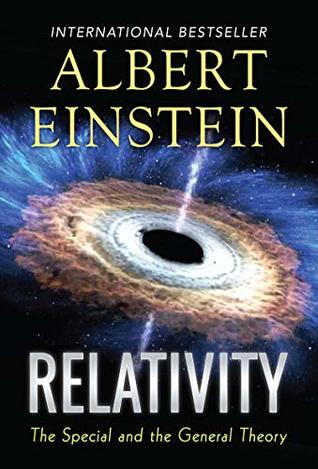More on this book
Community
Kindle Notes & Highlights
We can only say that Euclidean geometry deals with things called ‘straight lines’, to each of which is ascribed the property of being uniquely determined by two points situated on it.
the stone traverses a straight line relative to a system of co-ordinates rigidly attached to the carriage, but relative to a system of co-ordinates rigidly attached to the ground (embankment) it describes a parabola.
we must specify how the body alters its position with time, i.e. for every point on the trajectory it must be stated at what time the body is situated there.
A body removed sufficiently far from other bodies continues in a state of rest or of uniform motion in a straight line.
We advance a step further in our generalisation when we express the tenet thus: if, relative to K, K’ is a uniformly moving co-ordinate system devoid of rotation, then natural phenomena run their course with respect to K’ according to exactly the same general laws as with respect to K. This statement is called the Principle of Relativity (in the restricted sense).
Every child at school knows, or believes he knows, that this propagation takes place in straight lines with a velocity c = 300,000 km/sec.
the law of the transmission of light in vacuo [in vacuum] must, according to the principle of relativity, be the same for the railway carriage as reference-body as when the rails are the body of reference.
At this juncture, the Theory of Relativity entered the arena. As a result of an analysis of the physical conceptions of time and space, it became evident that in reality there is not the least incompatibility between the principle of relativity and the law of propagation of light, and that by systematically holding fast to both these laws, a logically rigid theory could be arrived at. This theory has been called the Special Theory of Relativity
Every reference-body (co-ordinate system) has its own particular time; unless we are told the reference-body to which the statement of time refers, there is no meaning in a statement of the time of an event.


